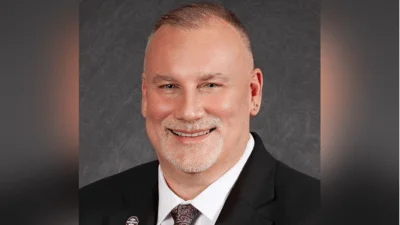Ana-Illinois issued the following announcement on Mar. 13.
Hospitals often face nurse staffing shortages. According to this piece by our parent organization, these shortages are a result of, among other things, “cost-cutting decisions, an aging population, increased patient complexity and need, and an aging workforce.” While all of these contributing factors are relevant, the COVID-19 epidemic has only exacerbated them and the nursing shortage as a whole. Read on for ANA-Illinois’ discussion of this important topic.
NURSING SHORTAGES
As mentioned above, there are a variety of factors that are currently contributing to the national nursing shortage in the United States. According to Western Governors University, the shortage is a result of:
- “The aging Baby Boomer population”
- “Advancements in modern medical care that prolong life”
- “Lack of current resources to train new nurses”
- “Many nurses leaving the field”
Illinois State University’s Mennonite College of Nursing recently published a deep-dive into the nursing shortage, and how the shortage is affecting care in Illinois. They explain that “As of 2019, there were 182,951 registered nurses in Illinois. According to a 2018 study by the Illinois Nursing Workforce Center, 27% of that number is expected to retire within five years, meaning Illinois needs to replace 9,879 nurses each year in order to maintain current staffing levels.”
The article continues: “Unfortunately, only about 7,000 newly licensed RNs graduate in Illinois each year. That means Illinois is short 2,879 nurses every year. By 2025, the state is looking at a 14,395 shortfall; that’s on top of the current shortage.”
COVID NURSE SHORTAGES
The COVID-19 pandemic has exacerbated the nursing shortage in the United States. Across the country, healthcare providers have been stretched. Nurses and facilities who were already over taxed have found themselves facing additional stressors. According to this article by the Center for Infectious Disease and Research Policy, at a medical center in Michigan, “the nurse-to-patient ratio went from its recommended 1:1 to 1:4.” Their story, unfortunately, is not unique.
COVID-19 has resulted in double the negative effects of adding large amounts of patients to the healthcare system, while also contributing to high levels of stress and burnout. While no hard data yet exists on how many nurses are leaving the workforce as a result of the pandemic, burnout is commonly associated with the high turnover rates for nurses.
ANA-ILLINOIS ADDRESSES STAFFING AND THE NURSING SHORTAGE
ANA-Illinois has previously discussed how nurses need to be at the center of staffing decisions. In 2020, member Amanda Buchel talked about empowering nurses in staffing decisions, member Casey Ketchum discussed nurse staffing based on patient needs, and member Lauren Wojtkowski talked about the importance of talking about systems.
This year, ANA-Illinois has proposed the Nurse Staffing Improvement Act of 2021–read more about the act here. In support of Illinois’ nurses, the act aims to accomplish three things:
- Strengthen the voice of the direct-care registered nurse
- Strengthen the role of the nursing care committee
- Hold hospitals accountable
Learn more about how ANA-Illinois supports nurses and the nursing profession.
Original source can be found here.





 Alerts Sign-up
Alerts Sign-up